When you mention Maine, lobsters come to mind, as a food delicacy and as a major part of the state’s fishing industry. Lobster is a $500 Million per year industry for Maine. Cold, clean waters are the key.
When we planned to cruise to Maine on our own boat, we were cautioned about lobster buoys. It is a challenge to maneuver a boat through these buoys, like a minefield. And it isn’t just in harbors, it is everywhere. In depths of 100-200 feet of water, right in harbors, in mooring fields, everywhere. It becomes tiring on your eyes.
How can there be this many lobster boats and buoys?? How are there any lobsters left? I picture the sea floor crawling in swarms of lobsters. Mind boggling! If someone has cruised to Maine and says they have never caught a lobster buoy, I would be quite suspicious of their honesty.
Facts and figures about lobsters and lobstering can be found all over the internet. Here are some Homarus Americanus (American lobster) facts that we found of interest as we meandered through these buoy infested waters.
- The word lobster has an uncertain origin, but it is believed to come from the Latin word ‘locusta’ meaning ‘grasshopper, locust’.
- Maine has very strict laws governing lobstering. Lobster traps may not be hauled at night or on Sundays during June through August in Maine waters (since 1967).
- The legal minimum length is 3¼ inches and a maximum length of 5 inches.
- Egg-bearing female lobsters must be returned to the water after a v-shaped notch is placed in her right tail flipper. This is to protect her so that she can continue to reproduce.
- The female lobster carries the eggs for 9-11 months and can lay up to 100,000 eggs, but only 1/10 of 1% may survive. (That’s only 100 eggs!!)
- Lobsters regularly live more than 50 years, perhaps as long as 100 years.
- There are 6,000 or so licensed lobster fishermen although not all are actively fishing, perhaps only 4500 in recent years. Each is limited to 800 traps. Non-commercial (recreational, private?) license holders cannot submerge more than 5 traps for lobsters at any given time in the coastal waters of Maine. In 2014 we were visiting friends, Peter and Laurie, who have a 5-trap license and took us out to pull their traps and eat lobster for dinner! It was a fun and enlightening experience.
Out of habit we referred to “lobster pots,” when we should be calling them lobster “traps,” although the terms do seem to be interchangeable. I’m old enough to remember the old wooden lobster traps, but today the traps are a plastic-coated metal frame and cost about $150 apiece.
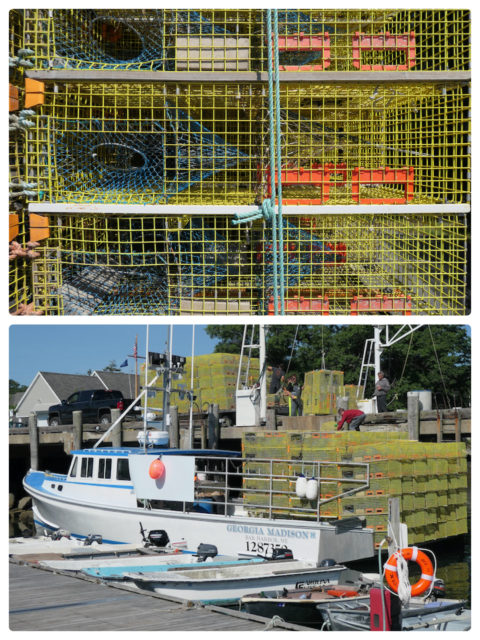
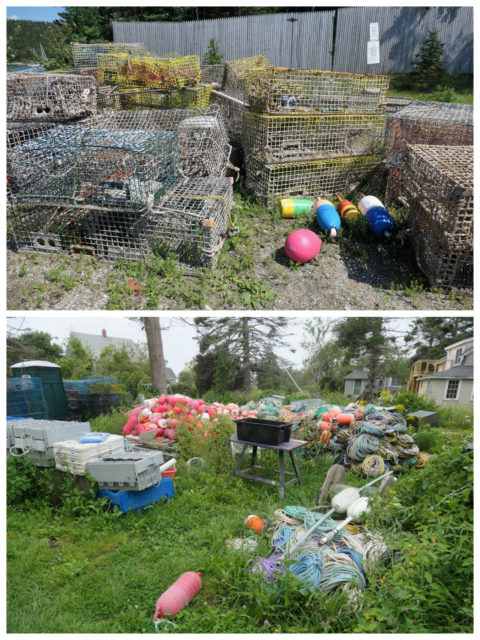
While at anchor or traveling, there were always lobster boats out and about, or moored nearby. Sometimes we would sit and watch lobstermen working traps. It is hard back-breaking work to haul the traps up, take the lobsters out, re-bait the trap and drop it back in to the water again.

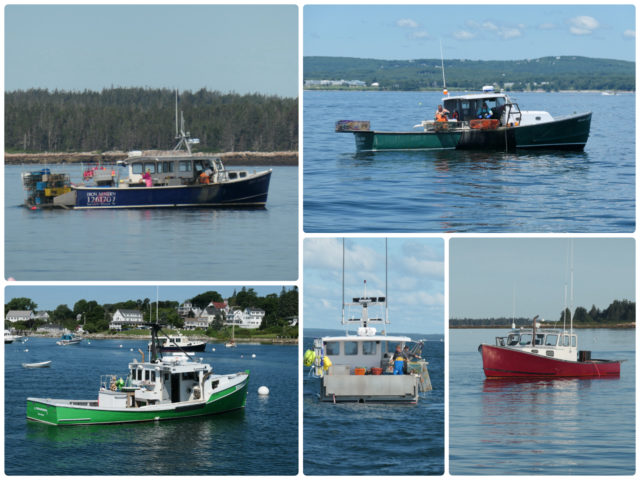
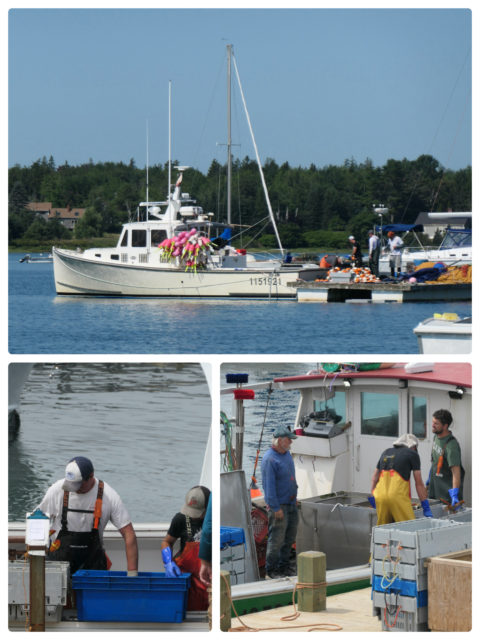
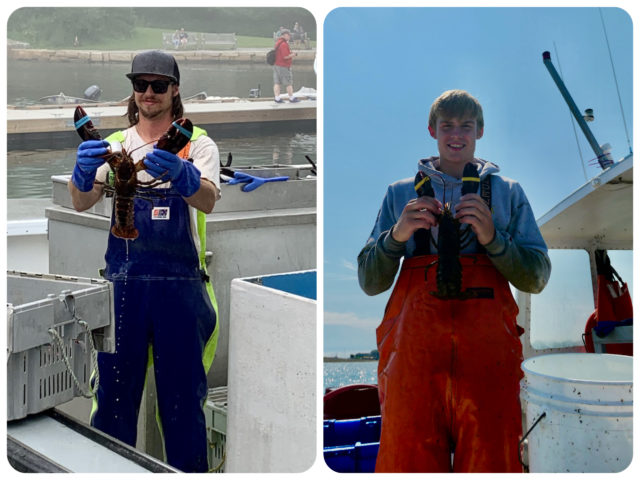
The ultimate goal of catching lobsters is to eat lobster, right? The first European settlers discovered that North America was swimming in lobsters, so plentiful that they would reportedly wash ashore in piles up to 2 feet high. Colonists called them the “cockroaches of the sea.” During hard times lobsters were a source of food, but that same benefit led to the lobster’s reputation as the poor man’s protein. Lobsters were so cheap and plentiful that they were fed to prisoners, apprentices, slaves and children during the colonial era and beyond.
During the 1800s lobster caught the fancy of the rich in Boston and New York City and prices immediately began to rise. By World War II lobster became a rare treat and delicacy. And it still is.
When in Maine, you eat lobster. We enjoyed our lobster meals, some more than others. John Doyle’s lobster chowder was the best lobster meal we had (THANK YOU!). We also enjoy a good lobster roll and I am starting to crave one of them again. I’ll be honest here; I (we) do not really enjoy the cooking and picking the meat out of the lobster. It tasted delicious with melted butter and lemon, but it is just too messy and gross for me.
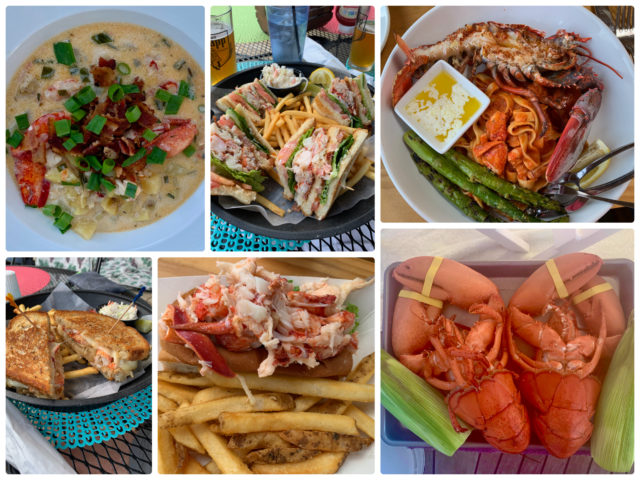
Now, about those buoys….. On sunny calm days, it looked like confetti sprinkled all over the water. My repeated attempts to capture this colorful confetti in photos, failed. I wish there was a way to show what the water really looked like to us as we dodged these floating obstacles.
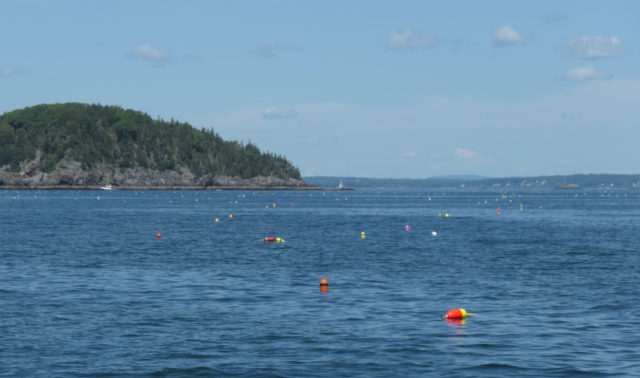
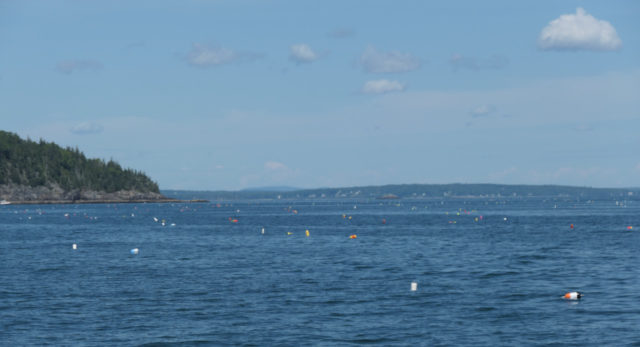
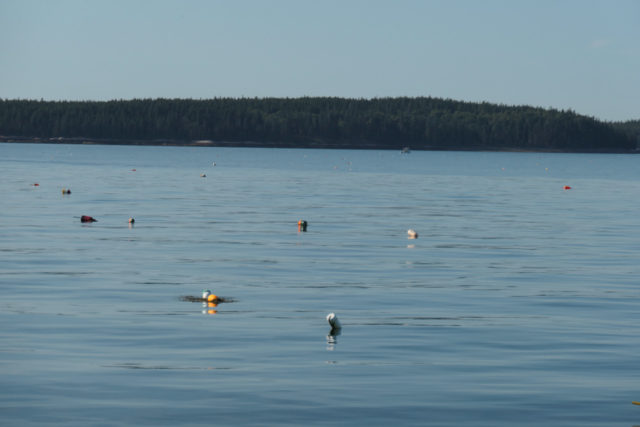
Each lobsterman paints his own design in his own color scheme on his buoys, to distinguish his traps from others. They are required by law to display their buoy colors.
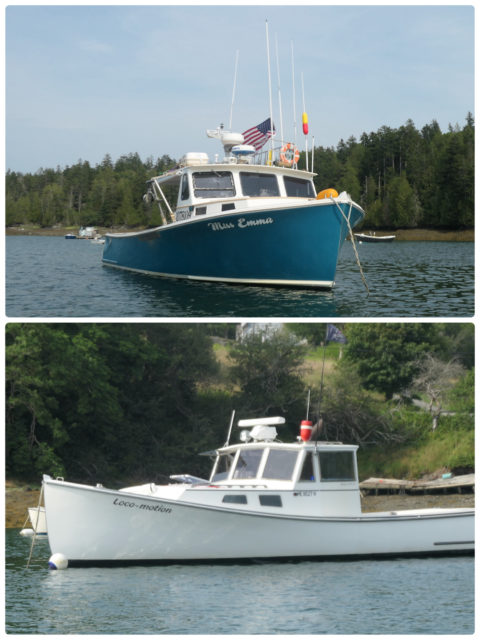
Photographing the buoys passed the time for a few hours on some of the beautiful days we had. I loved the reflection of the colors in the water. Maine’s lobster buoys are cleaner and prettier than any in our southern New England waters.
I have over 100 individual buoy photos. 😳😁 I could have taken more. I really could have.


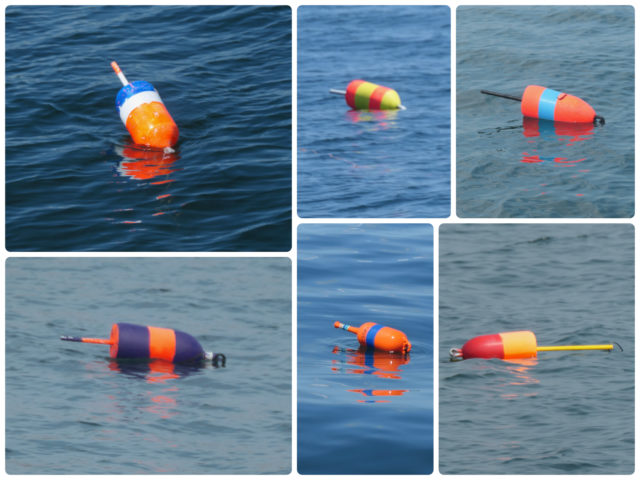
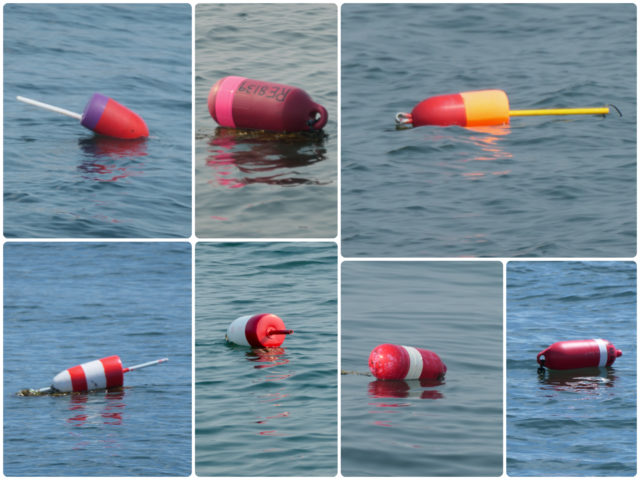
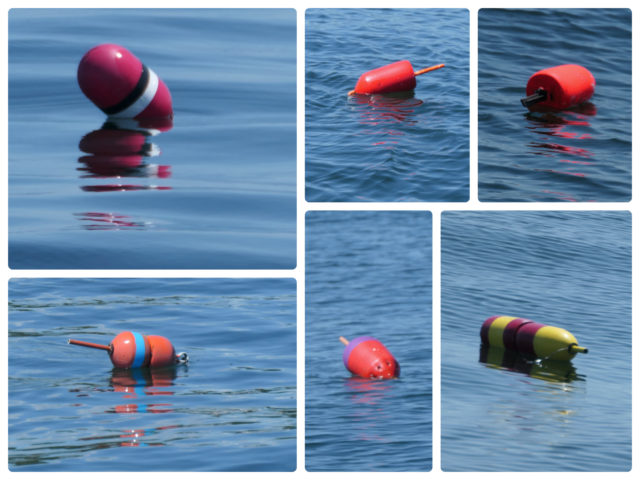
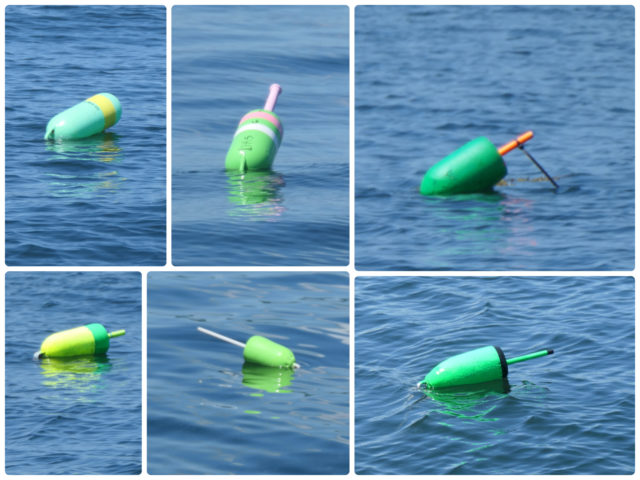
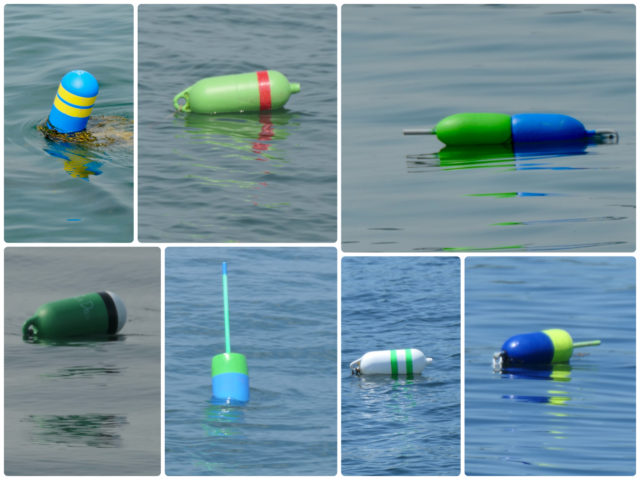
Do pink buoys belong to female lobsterpersons? I don’t think so, not exclusively. There were women out on the boats, but the buoy color had no relationship to the gender of the fishing people. Al and I both read Linda Greenlaw’s book, The Lobster Chronicles. Her tale of life on a small island and being a lobsterman is a witty and entertaining read. I also found a good article about women in Maine’s lobster industry that is worth checking out – Pretty Rugged: True Stories from Women of the Sea, a book by Ali Farrell.
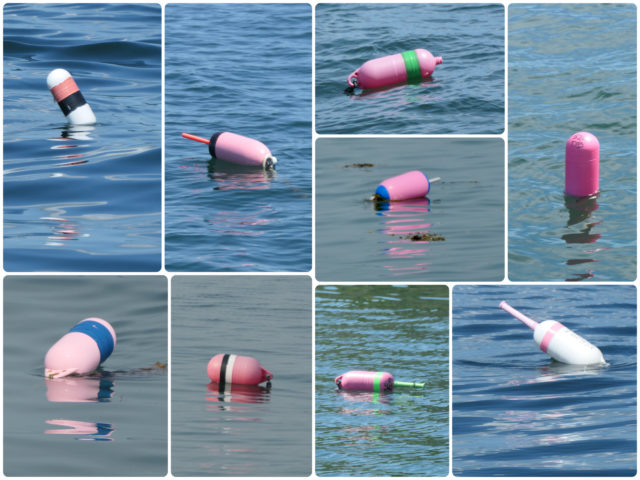
The most colorful buoys have 3 colors. They are cheerful and bright and usually very visible.
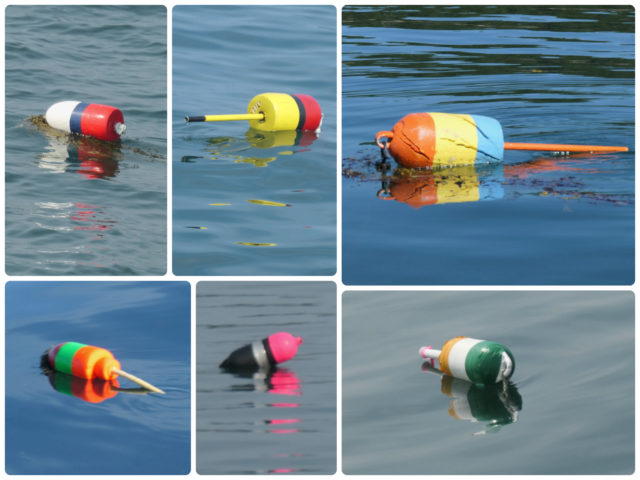
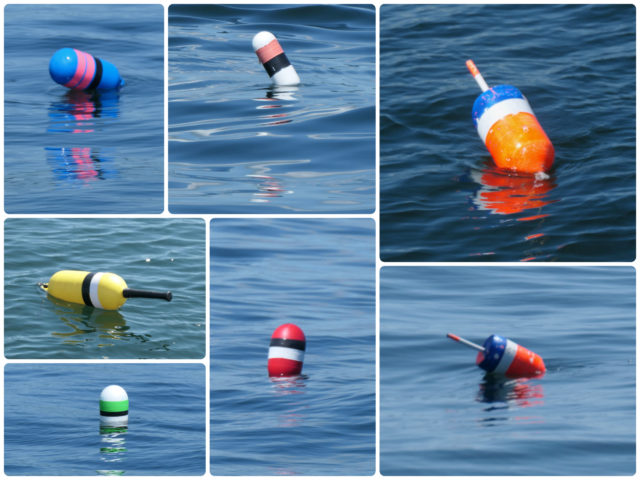



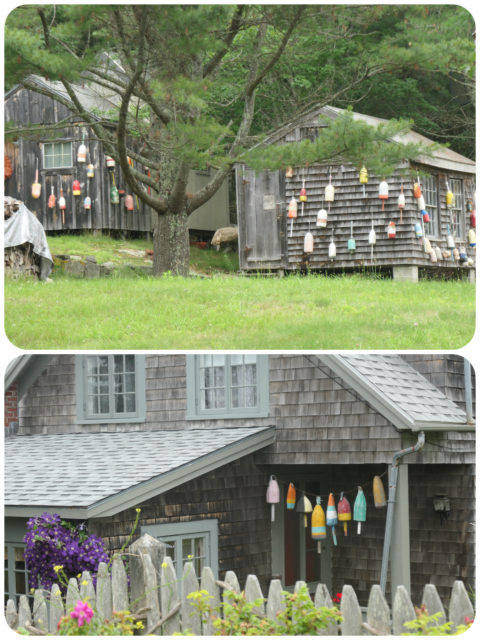
Buoys are an example of a functional art form that has become an iconic symbol of Maine. These floating markers get upcycled into décor and art, both in Maine and as souvenirs. Although it is illegal to remove any lobster equipment, including buoys, that is found washed up on the shore, people do it all the time. Mainers and visitors alike. We did collect a few lost abandoned and very beat-up buoys. Perhaps restoring them to a former glory will be a winter project?
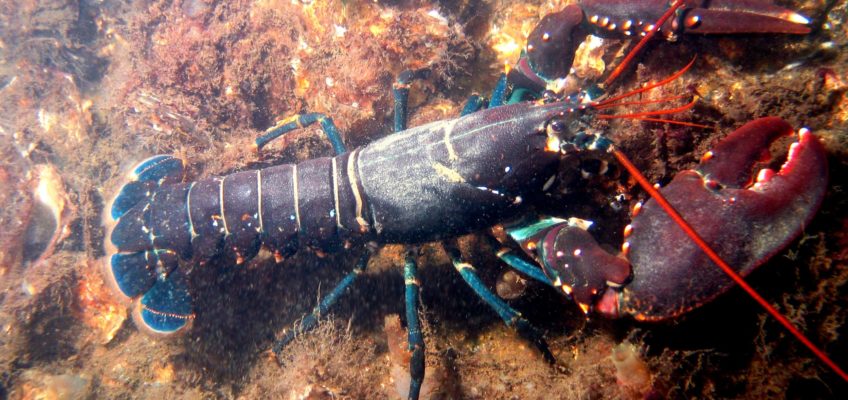
Leave a Reply